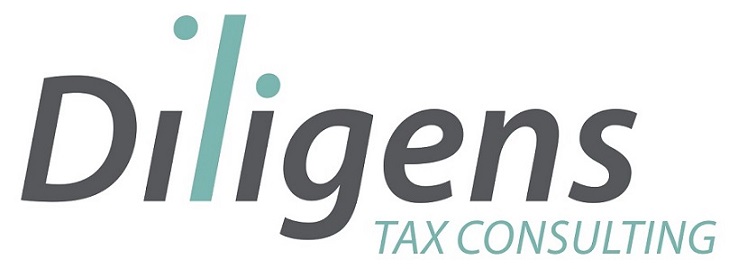Regime of VAT deduction through business sectors. Judgment of the Supreme Court of February 16th, 2016
The regime of VAT deduction is always a matter of controversy. The correct application of the general proportion or the special pro-rata rule, the existence of different sectors of activity and the criteria for allocation to one or to the other, are issues that normally generate discussion with the tax administration.
This is the case of the University of Salamanca, which performs two main and distinct activities: University teaching and research. Even within the research activity, it is necessary to distinguish the research applied (or hired) as that which is hired by private individuals and funded by those who are responsible for the project, and basic research as a theoretical work that is undertaken to obtain new knowledge and that is covered with public subsidies.
If talking about the existence of different sectors it must exist different economic activities and different deduction schemes. For the existence of different economic activities they must be registered in different groups within the National Classification of Economic Activities (CNAE), but it is not considered that an economic activity is different, but accessory of the main, when its turnover during the previous year did not exceed 15% of the main activity and also contribute to the realization of the latter. While for the existence of different regimes of deduction, there must be a difference of more than 50 points in the percentage of deduction.
In this sense, the VAT Law establishes that each sector of activity will follow its own scheme of VAT deduction, thus for the activity of teaching, exempt from VAT, deduction is 0%, while for the activity of research, subject and not exempt, the University applied a deduction of 100% of the VAT borne. However, the tax administration was contrary to this criterion, since it understood that VAT borne in the acquisition of goods and services intended to be used in common in both single activities will be deductible in the percentage laid down in accordance with the rule of general prorate.
However, the Supreme Court dismissed the claim of the tax administration. It establishes that the key point which result determinant is to link the goods or services to any of the different sectors or to be used in both sectors of activity, so the purpose is to determine which goods are exclusively used in the activity of teaching, what goods are used exclusively in the research activity and what goods are used in common in both activities. But the question in this case lies not about this division, but in the actual nature of the activity of basic research and its possible connection with the activity of teaching.
Thus, it correctly determines the appealed judgment that:
– It cannot be understood that basic research is linked to teaching activity due to the fact that there is coincidence between teaching staff and research staff.
– It cannot be concluded that the results of basic research are used in the education sector. There is no such automatic linking.
– Presume that goods and services aimed for basic research may, by its nature and characteristics, be allocated to other University activities is not acceptable.
Therefore, uphold the Supreme Court the judgment under appeal by the conclusion that it establishes only the total exclusion of link between both activities, so there is no criterion to defend the Administration’s criterion to consider the use of goods and services in common to both activities.
Attached is a copy in Spanish of the judgment with number 1615/2014.
Click here if you want more information about our VAT services or you can contact us at info@diligens.es




